Introduction
Welcome to the world of whiteboard doodles! In this section, we will explore the art of creating captivating and visually appealing doodles on a whiteboard. Whether you’re a teacher looking to engage your students, a presenter wanting to enhance your presentations, or simply someone who enjoys doodling, whiteboard doodles can add a touch of creativity and fun to any setting.
Benefits of Whiteboard Doodles

Doodling on a whiteboard may seem like a playful activity, but it offers numerous benefits that can enhance your work and creativity. Whether you’re using a whiteboard for brainstorming, presentations, or personal organization, incorporating doodles can have a positive impact on your productivity and engagement. Here are some key advantages of whiteboard doodles:
- Improved Memory and Comprehension: Research shows that doodling can aid in memory retention and understanding of complex ideas. Doodling engages both hemispheres of the brain, helping to reinforce information and improve focus.
- Enhanced Creativity: Drawing on a whiteboard allows you to think outside the box and generate new ideas. Doodling promotes a free-flowing thought process, enabling you to connect different concepts and come up with innovative solutions.
- Visual Representation: Whiteboard doodles provide a visual representation of information, making it easier for others to understand and remember. Visual aids can simplify complex concepts, enhance communication, and increase engagement during meetings or presentations.
- Collaboration and Communication: Doodling on a shared whiteboard encourages collaboration and active participation. It creates a visual space for individuals to contribute ideas, share thoughts, and build upon each other’s suggestions, fostering a sense of teamwork.
- Stress Relief: Engaging in doodling activities can serve as a stress reliever, allowing you to take a break from intense work or meetings. It promotes relaxation and can help alleviate anxiety, leading to improved overall well-being.
By incorporating whiteboard doodles into your work routine, you can tap into these benefits and enhance your productivity, creativity, and collaboration. Now that we understand the advantages, let’s explore the tools and materials needed to get started with whiteboard doodles.
Tools and materials needed for whiteboard doodles

Creating whiteboard doodles requires a few essential tools and materials to ensure a smooth and enjoyable drawing experience. Here are the items you will need:
- A whiteboard: The foundation of your doodles is, of course, a whiteboard. Opt for a high-quality, non-porous whiteboard that allows for easy erasing and longevity.
- Markers: Choose markers specifically designed for whiteboard use. Look for markers with vibrant colors that will stand out on the whiteboard surface. It is recommended to have a variety of marker tip sizes for versatility in your doodles.
- Eraser: A good whiteboard eraser is essential for correcting mistakes or clearing the board for new doodles. Invest in a high-quality eraser that effectively removes marker residue without leaving smudges.
- Cleaning solution or wipes: Over time, whiteboards can accumulate stubborn stains or ghosting from previous doodles. To keep your whiteboard looking fresh and clean, have a whiteboard cleaning solution or wipes handy for regular maintenance.
- Ruler and stencils: While not necessary, a ruler and stencils can help you create straight lines, perfect shapes, and intricate designs. These tools are particularly useful if you want to achieve a more precise and professional look in your whiteboard doodles.
- Inspiration and reference materials: To keep your creativity flowing, gather inspiration and reference materials such as books, magazines, or even online resources. These can help you brainstorm ideas and improve your drawing skills.
- Optional: Magnetic holders or clips: If you frequently change your whiteboard doodles, consider using magnetic holders or clips to keep your markers and eraser within easy reach. This can save you time searching for your tools and keep your workspace organized.
By having these tools and materials readily available, you’ll be well-equipped to bring your whiteboard doodles to life. Now that you’ve got everything you need, let’s move on to some useful tips for creating amazing whiteboard doodles!
Tips for creating whiteboard doodles
![]()
Whiteboard doodles are a creative and effective way to engage your audience during presentations or brainstorming sessions. They can help simplify complex ideas, add visual interest, and enhance understanding. If you’re looking to improve your whiteboard doodling skills, here are some tips to keep in mind:
1. Plan and practice
Before you start doodling on the whiteboard, take a moment to plan out your ideas. Consider the key concepts you want to convey and how you can represent them visually. Practice your doodles on paper first to get a feel for the shapes and lines you’ll be using.
2. Keep it simple
Whiteboard doodles are meant to be quick and easy, so keep your drawings simple and uncomplicated. Stick to basic shapes, icons, and symbols that can be easily recognized. Avoid intricate details that may be difficult to reproduce on a larger scale.
3. Use color strategically
Color can add visual appeal to your whiteboard doodles, but use it sparingly and strategically. Stick to a limited color palette to avoid overwhelming the viewer. Consider using color to highlight important elements or to create contrast between different parts of your doodles.
4. Emphasize key points
When doodling on the whiteboard, focus on highlighting the most important points or concepts. Use bold lines, arrows, or circles to draw attention to these key elements. This will help your audience quickly grasp the main ideas and stay engaged.
5. Practice your handwriting
Good handwriting is essential for legible whiteboard doodles. Make sure your text is clear and easy to read by practicing your handwriting beforehand. Use a marker or pen that is comfortable to hold and produces consistent lines. Experiment with different lettering styles to add variety to your doodles.
6. Engage with your audience
Whiteboard doodles are not just for decoration; they are a tool for communication. Engage with your audience by explaining your doodles as you go along. Ask questions, invite participation, and encourage discussion. This will make the doodles more meaningful and memorable for everyone involved.
By following these tips, you can create effective and engaging whiteboard doodles that enhance your presentations and captivate your audience. Remember to practice and experiment with different techniques to find the style that works best for you. Happy doodling!
Ideas and Inspiration for Whiteboard Doodles
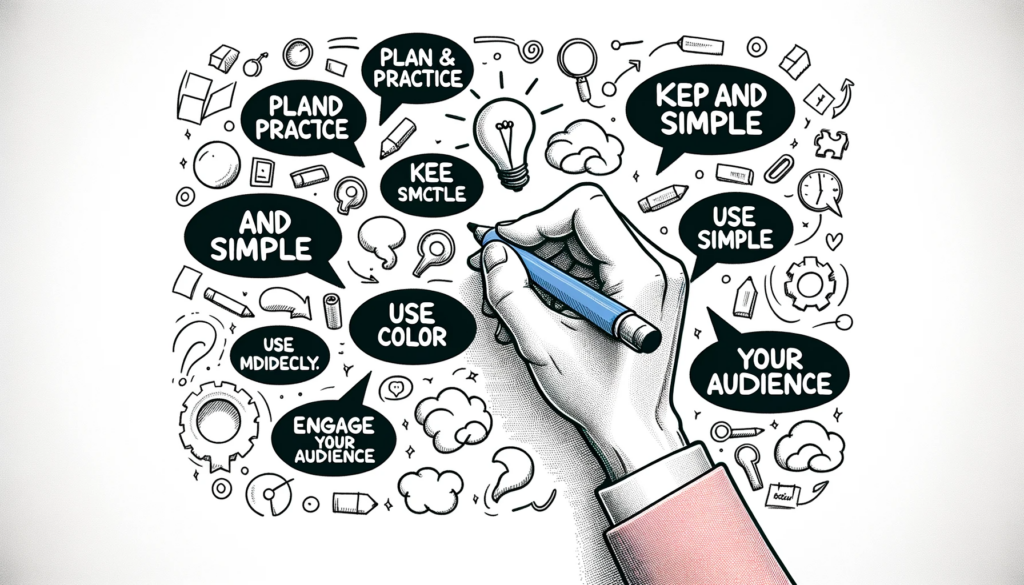
Looking for some creative ideas and inspiration for your whiteboard doodles? Here are a few suggestions to get your creative juices flowing:
1. Nature
Take inspiration from the great outdoors and incorporate elements of nature into your whiteboard doodles. Draw trees, flowers, animals, or even landscapes to add a touch of serenity and beauty to your work.
2. Quotes
Words have a powerful impact, so why not incorporate some inspiring quotes into your whiteboard doodles? Choose quotes that resonate with you or your audience and illustrate them with eye-catching designs and lettering.
3. Characters
Create unique characters that bring life to your whiteboard doodles. Whether it’s cute animals, funny cartoons, or quirky creatures, characters can add personality and charm to your drawings.
4. Food and Drinks
Showcase your love for food and drinks with mouth-watering doodles of your favorite dishes, beverages, or desserts. Let your creativity run wild as you draw delectable treats that make people’s mouths water.
5. Celebrations and Holidays
Get into the festive spirit by incorporating themes of celebrations and holidays into your whiteboard doodles. Draw decorations, symbols, or scenes that represent different occasions like birthdays, Halloween, Christmas, or New Year’s.
6. Geometric Patterns
If you’re looking for something more abstract, experiment with geometric patterns in your whiteboard doodles. Create intricate designs using lines, shapes, and symmetry to add a sense of visual interest and complexity.
Remember, there are no limits to what you can doodle on a whiteboard. Let your imagination soar, try different styles and techniques, and most importantly, have fun with it!
Mistakes to Avoid When Creating Whiteboard Doodles
While whiteboard doodles can be a fun and creative way to engage your audience, there are some common mistakes that should be avoided to ensure the best results. By being mindful of these potential pitfalls, you can create more polished and professional whiteboard doodles that effectively convey your message. Here are some mistakes to watch out for:
- Overcomplicating your design: One of the biggest mistakes is trying to include too many elements in your whiteboard doodle. Remember, simplicity is key. Stick to a few main ideas or concepts and present them in a clear and concise manner.
- Using illegible handwriting: Your doodles may look great, but if your handwriting is difficult to read, your message will be lost. Take the time to write neatly and legibly, making sure that your audience can easily understand what you are trying to communicate.
- Skipping the planning stage: It’s tempting to dive right into doodling, but taking the time to plan out your design can greatly improve the final result. Sketch out your ideas beforehand and consider the layout, composition, and flow of your doodles.
- Ignoring proportion and scale: Pay attention to the size and proportion of your doodles in relation to the whiteboard. Avoid overcrowding and ensure that each element is appropriately sized to maintain visual balance.
- Using too many colors: While colors can add visual interest, using too many can create a cluttered and chaotic look. Stick to a limited color palette and use colors strategically to highlight key elements or create emphasis.
- Not erasing mistakes: Mistakes happen, but leaving them on the whiteboard can be distracting and unprofessional. Take the time to erase any errors or smudges to maintain a clean and polished appearance.
- Neglecting to practice: Like any skill, whiteboard doodling requires practice to improve. Take the time to practice your doodles before presenting them to ensure that they are well-executed and confident.
By avoiding these common mistakes, you can create more visually appealing and effective whiteboard doodles. Remember to keep it simple, plan ahead, and practice to refine your skills. With time and effort, you’ll be able to create engaging and memorable whiteboard doodles that captivate your audience.
Conclusion
Whiteboard doodles offer a unique and creative way to enhance communication and engagement in various settings. Whether in a classroom, office, or meeting room, they can capture attention and convey information in a visually appealing manner.
In this article, we explored the benefits of whiteboard doodles, including their ability to improve comprehension, foster creativity, and encourage collaboration. We also discussed the tools and materials needed to create whiteboard doodles, such as whiteboard markers, erasers, and cleaning solutions.
To ensure successful whiteboard doodles, we provided tips on choosing the right colors, maintaining a consistent style, and practicing different techniques. Additionally, we shared ideas and inspiration for whiteboard doodles, ranging from simple diagrams and charts to intricate illustrations and typography.
Lastly, we discussed common mistakes to avoid when creating whiteboard doodles, such as overcrowding the board, using illegible handwriting, and neglecting proper erasing techniques.
By incorporating these recommendations into your whiteboard doodling practice, you can create visually engaging and effective presentations, lessons, and discussions. Embrace your creativity, experiment with different styles, and have fun exploring the endless possibilities of whiteboard doodles!

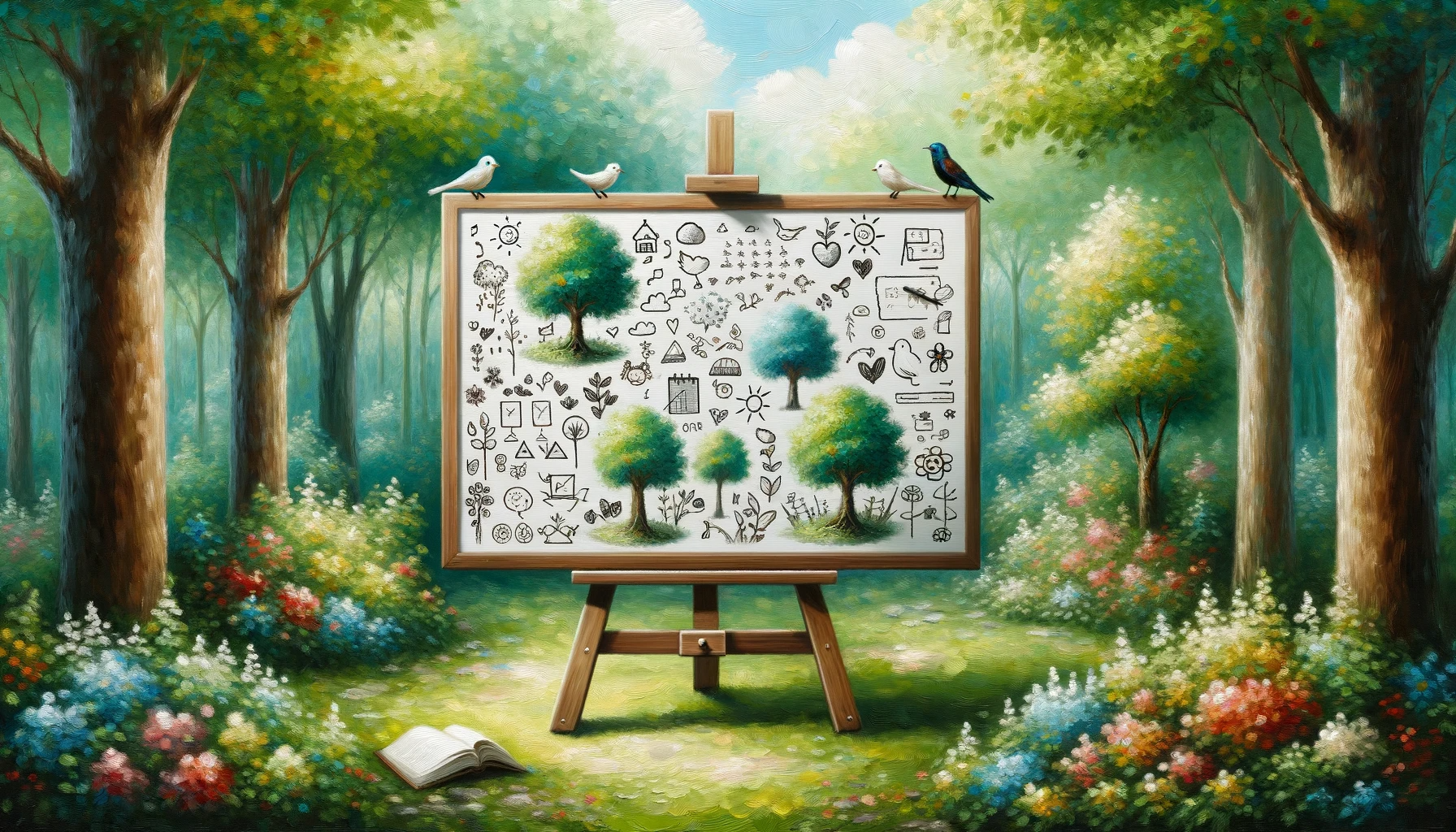

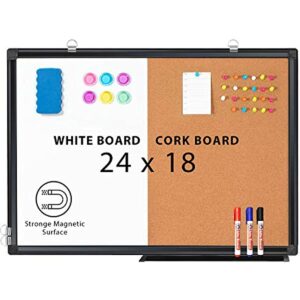
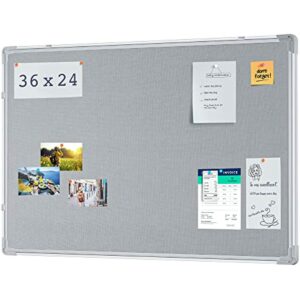
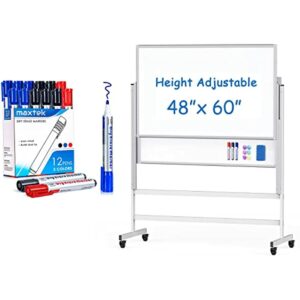
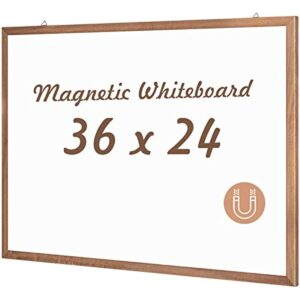
Leave a reply